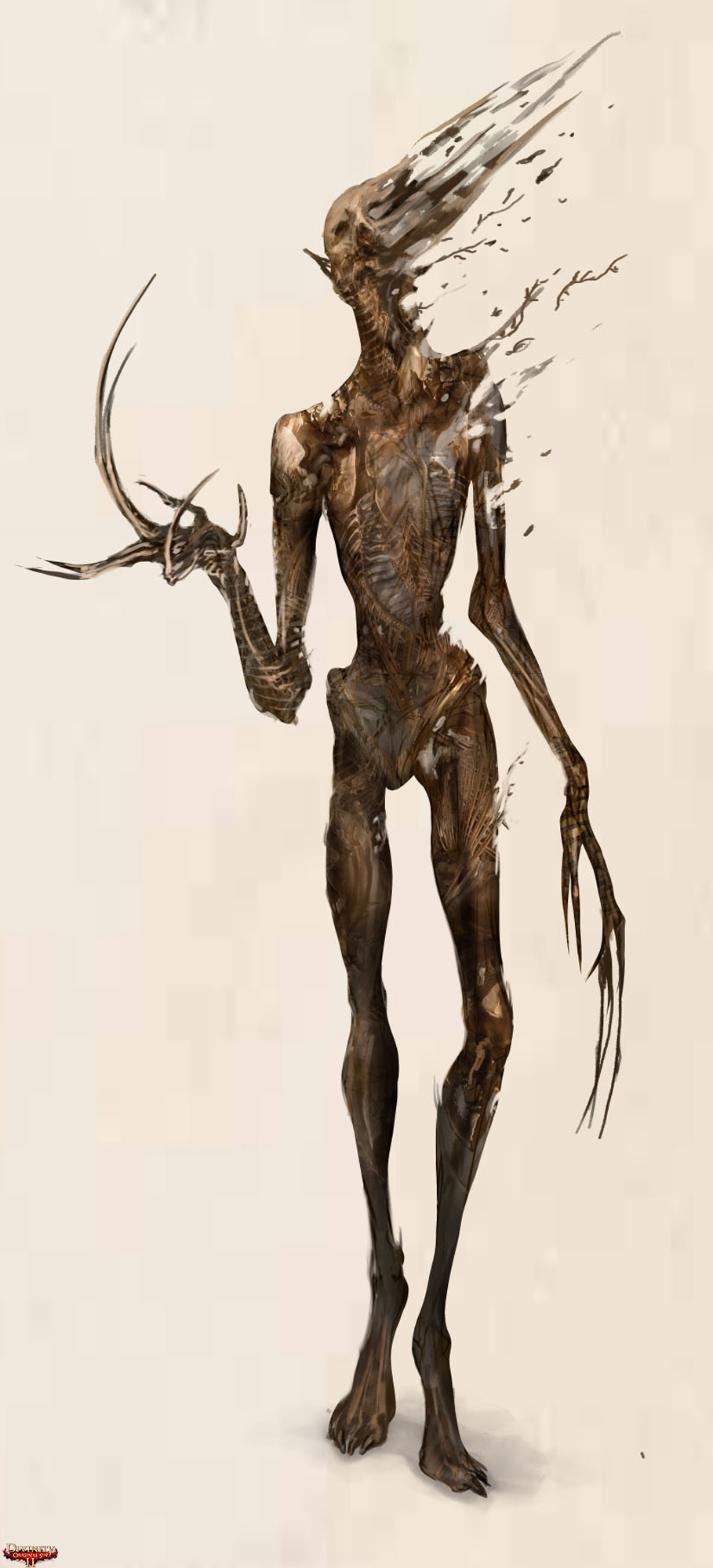
Until the Meiji restoration the Emperor had little power, and was a largely unknown and ceremonial figure. Status of the Emperor in Japanese historyįor most of Japanese history, the Emperor's status as the direct descendant of the founding kami was not reflected in his political power. This didn't make him a god himself, but rather imposed on him the obligation of carrying out certain rituals and devotions in order to ensure that the kami looked after Japan properly and ensured its prosperity. Neither the Emperor nor most of his people ever thought that the Emperor was a God in the sense of being a supernatural supreme being.įrom the 6th century onwards it was accepted that the Emperor was descended from the kami (in this context gods), was in contact with them, and often inspired by them. The Japanese concept of the divinity of the Emperor is often misunderstood by Westerners. The rulers of ancient Egypt and Rome were treated as gods, and medieval kings (including England's Henry VI) were regarded as having the ability to cure diseases with the royal touch.Įmperor Meiji in a photograph taken by Uchida Kuichi in 1873 © Many cultures have attributed divinity or significant spiritual gifts to their rulers. Ramesses II built more than 10 monuments to depict his heroism at Kadesh, the propaganda increasing his reputation and solidify the power of the Egyptian state.Divinity of the Emperor The divinity of the Emperor Ramesses II utilized the battle to strengthen his aura as ruler of Ancient Egypt among rivals and domestically. The Egyptians were ultimately unable to take Kadesh, eventually signing history’s first recorded peace treaty with the Hittites after more years of skirmishing. Military scholars believe the Battle of Kadesh featured 3,500 chariots on both sides, and as many as 30,000 troops. Ramesses II attacked, only to spring a Hittite trap and he fought for his life, battling bravely at the head of his outnumbered troops until help arrived from another Egyptian force. The Egyptians captured Hittite soldiers, spies who were able to dupe Ramesses II into believing Kadesh was unfortified and ready to be taken. How Ancient Egyptians Lived and Worked in the Valley of Kings

He sent an expeditionary force of the army, then followed behind with the main bulk of his chariot troops along a different route. After becoming pharaoh, Ramesses II wanted to take it back, make a name for himself as a warrior king, and stop other nations from attacking Egypt.

Kadesh was a Syrian city under Hittite control that had been previously held by Ancient Egypt. The Battle of Kadesh, Great Temple, Abu Simbel


 0 kommentar(er)
0 kommentar(er)
